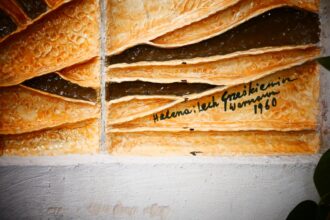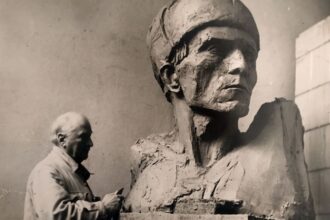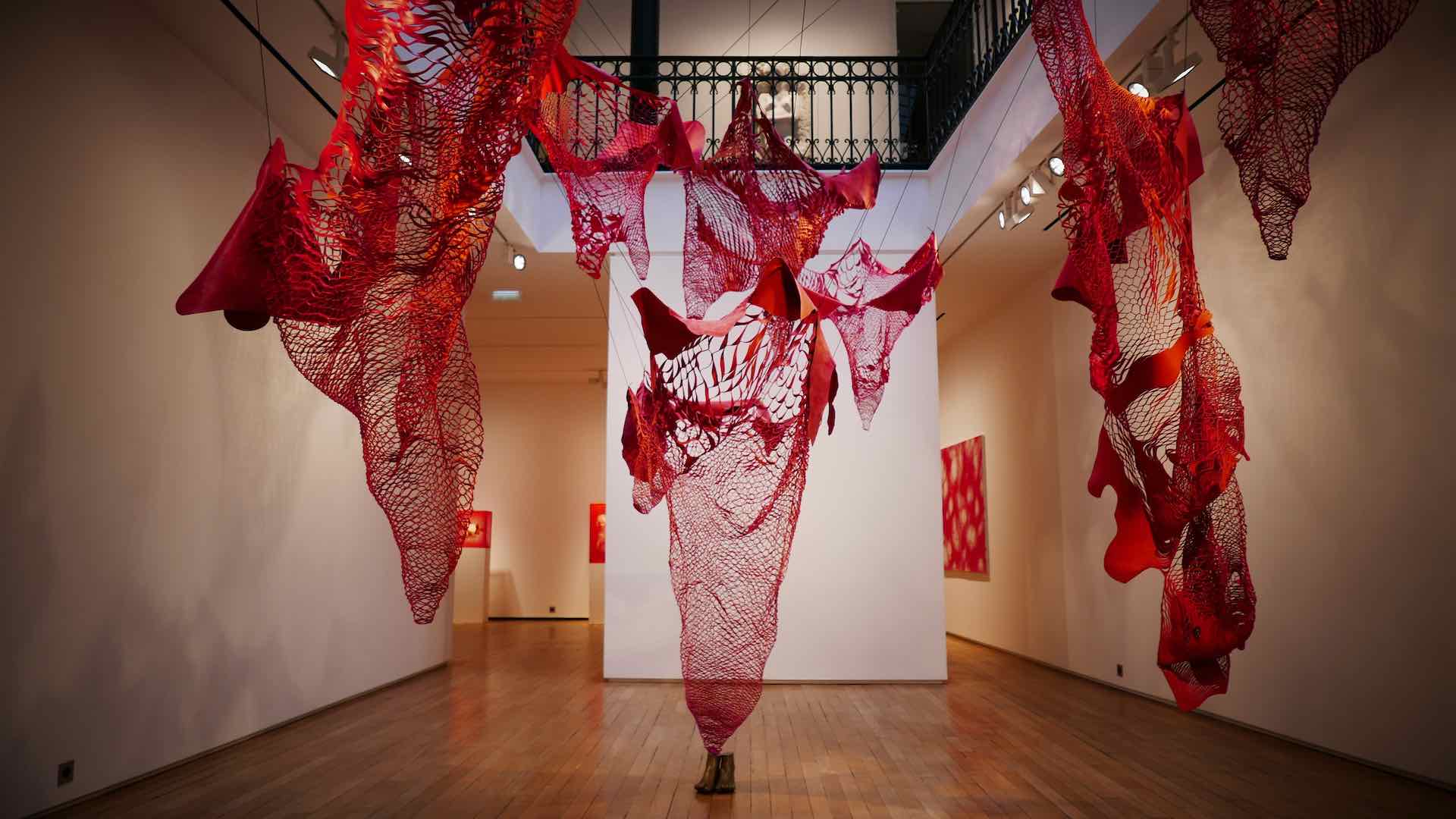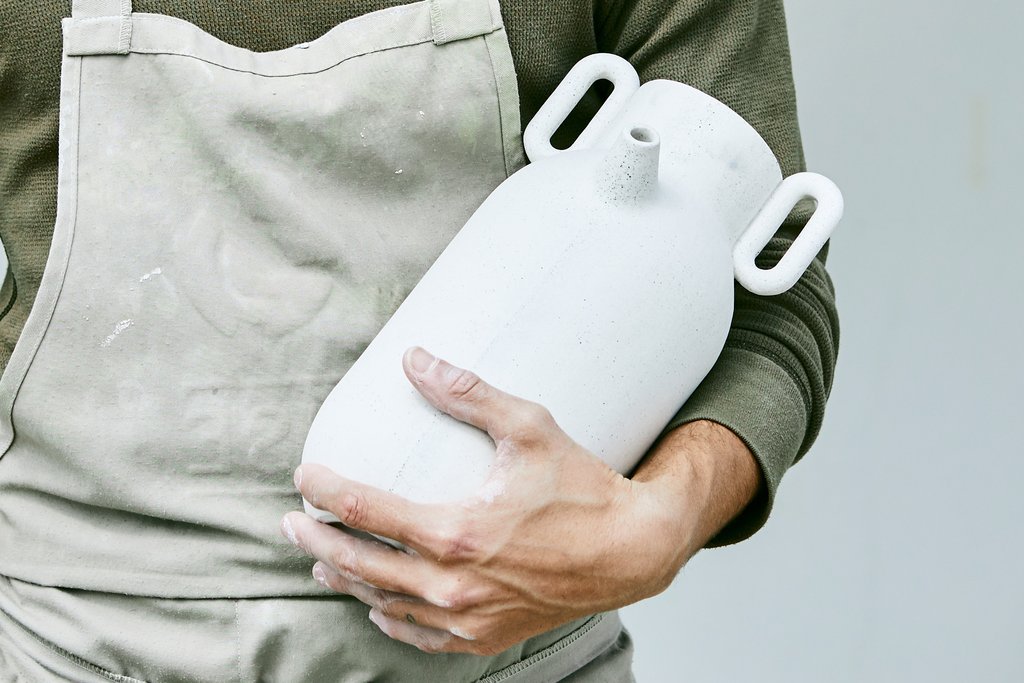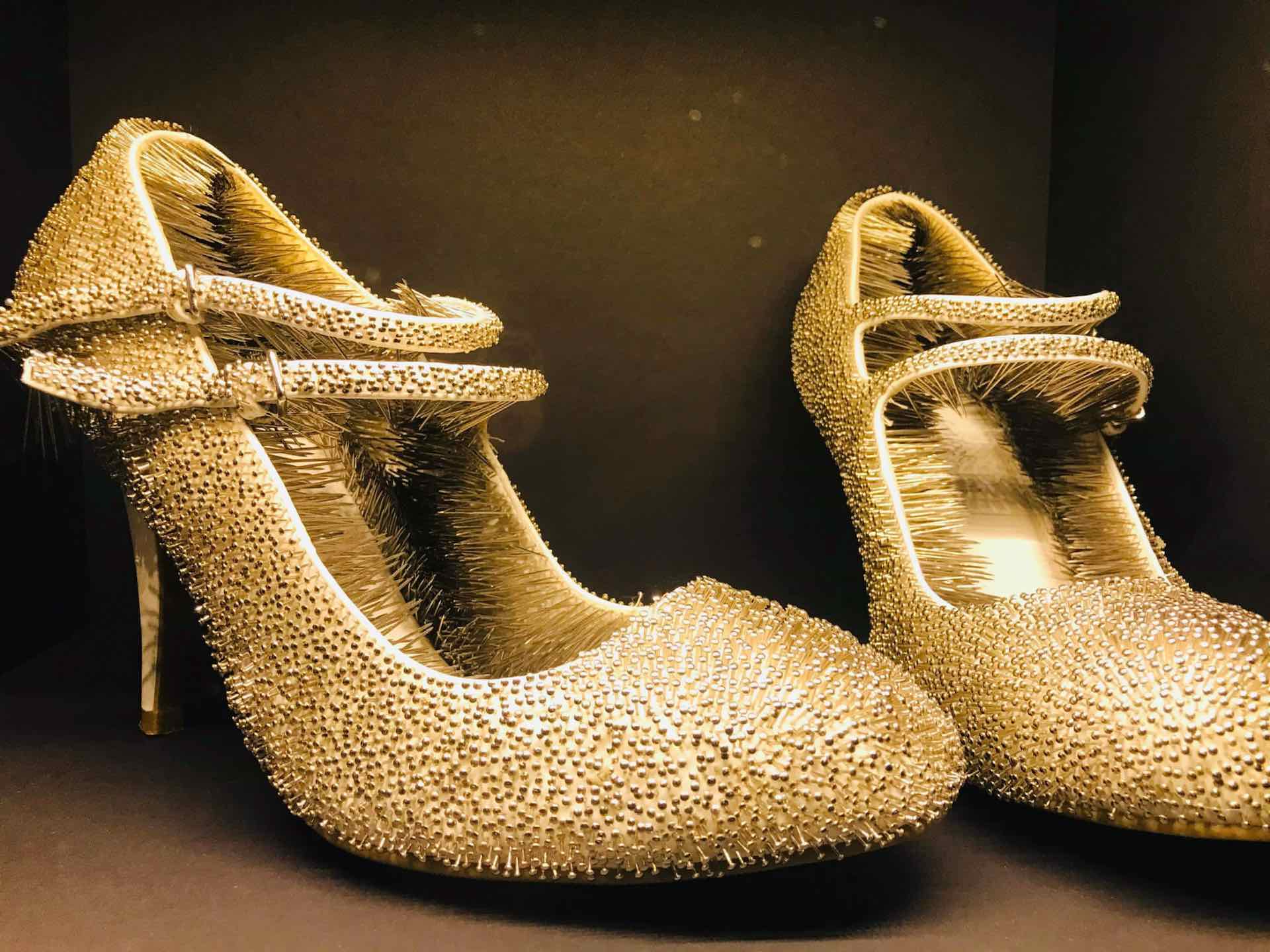Miriam Cahn. I as human
“MIRIAM CAHN: I AS HUMAN” is the first Polish, in Warsaw, retrospective of the Swiss artist Miriam Cahn, one of the most important and acknowledged painters of the second half of the 20th and the beginning of the 21st century.
For over four decades the artist has been bearing witness to social conflicts, crises and emergencies, contemplating the contemporary human condition and the agency of painting vis-à-vis such subjects as war and violence, sexuality, nature, family relationships, and death. Cahn’s rich oeuvre, which includes not only painting, but also drawing, performance, text, and film is based on uncompromising resistance to all forms of violence and therefore is very relevant today.
Miriam Cahn
Miriam Cahn was born in 1949 in Basel in a family of Jewish immigrants who fled Nazi persecution in Germany and France between the two world wars and settled in Switzerland. Already in the 1970s the artist joined the feminist and peace movements. She demonstrated her opposition to violence and inequality not only in the field of art. As she participated in protests, wrote petitions, and painted murals in the urban environment, Cahn’s life and work have always been a response to the political reality around her.
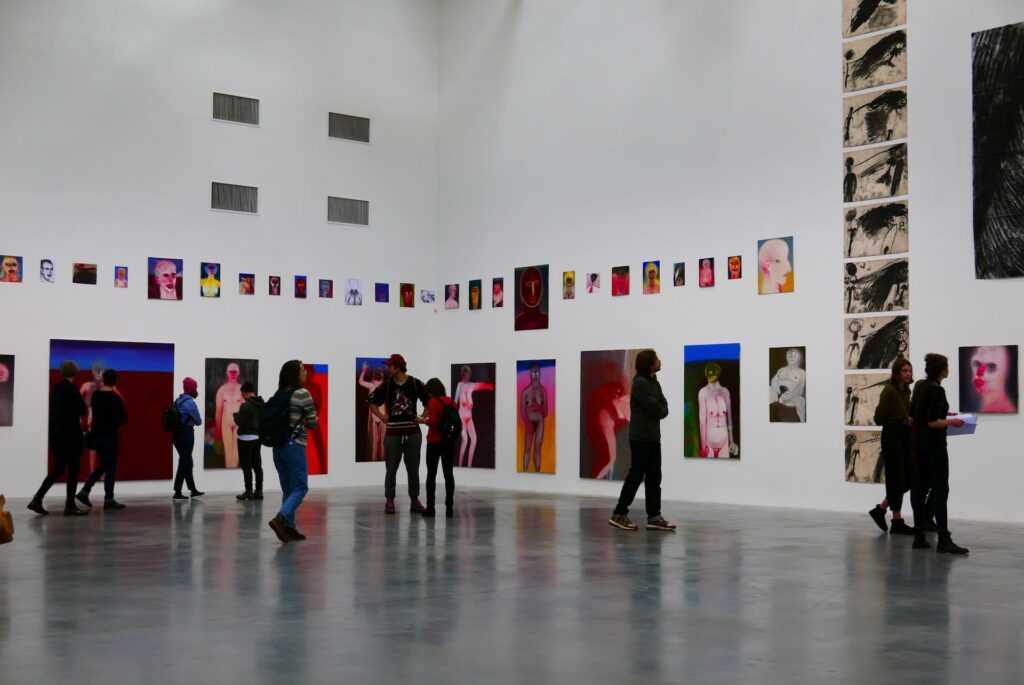
Simultaneously, she was developing her uncompromising language of artistic expression that has been always grounded in the body: the body as the artistic tool and as the object of visual representation. After graduating from the Department of Graphic Design at the Allgemeine Gewerbeschule in Basel, Cahn focused primarily on black-and-white works on paper, produced by using her entire body. She rejected the hierarchy which posits drawing as a sketch and a medium inferior to painting, moving drawing in the direction of performance. This gesture became the starting point for her later large-format drawings in coal, which the artist created on the floor, open to process and experiment. Registering the media coverage of social and political events such as the Persian War, the conflict in former Yugoslavia, or the attack on the World Trade Center, Cahn responded with, among others, the iconic representations of war ships, sites of deportation, weapons of mass destruction, and other symbols of power, control, and violence.Cahn’s participation in three international art events may be considered central to her development as an artist: documenta 7 in 1982 (from which Cahn withdrew her work in the act of protest); her solo exhibition, curated by Jean-Christophe Ammann in 1983 in Kunsthalle Basel, where for the first time, looking at her own family relationships, Cahn reflected on the division of the world into the male and the female; and the 41st Venice Biennale, where she represented Switzerland in 1984. But the real breakthrough in her art happened in mid-1980s when Cahn introduced color into her works on paper, and a few years later, when at 45 she turned to evocative and intuitive painting. Her participation in documenta 14 in 2017 brought her international fame and confirmed her position as an artist who represents one of the most distinct ways of being actively engaged in contemporary world and its problems.
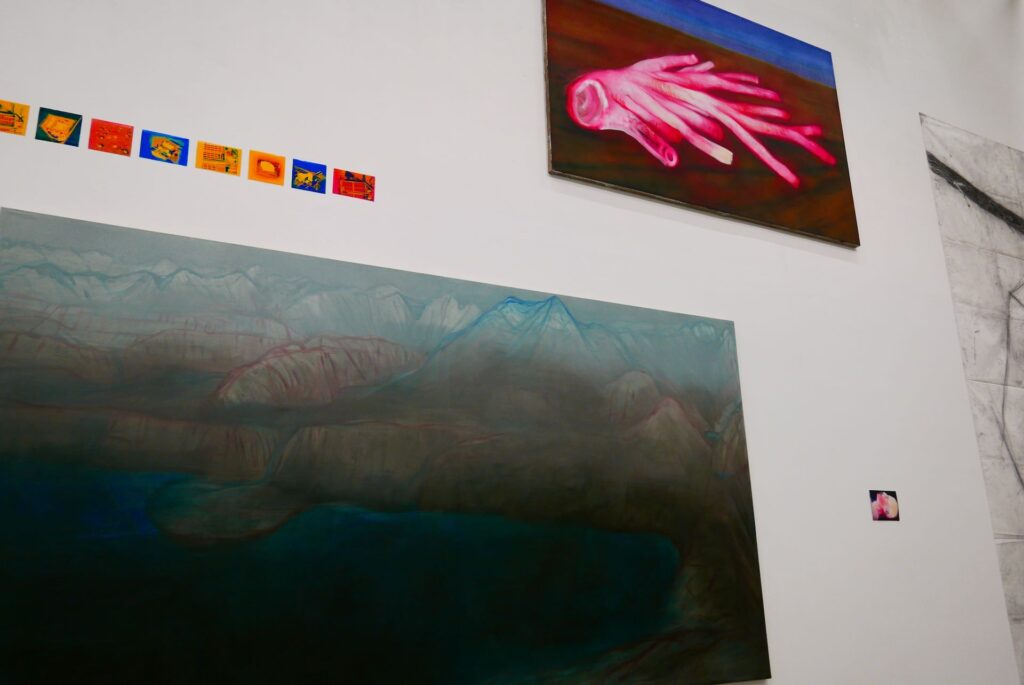
Cahn’s works on canvas are above all an attempt to translate emotions into the language of painting: emotions that cannot be conveyed in verbal language in the face of trauma, acts of violence, armed conflicts, racism, and toxic human relationships. Figures in her paintings are often represented without facial features and clothing, as if the artist wanted to lend them the most universal, primal significance, reducing the body to vulnerable bare life. She is also testing the possibilities of representation in painting and striving to face the key questions related to the agency and ethics of art. How does one represent suffering and injustice without telling a moralizing tale? How does one avoid the trap of pathos and sensationalist spectacle? How does one assume the right to speak in the name of those who were deprived of a voice? And finally, how does one represent relationships that extend beyond the human, to the world of nature and non-human species?
“MIRIAM CAHN: I AS HUMAN” is a show arranged by the artist specifically for the Museum on the Vistula. It is the effect of cooperation between the Museum of Modern Art in Warsaw, the Kunstmuseum in Berlin, and Haus der Kunst in Munich. The travelling exhibition is accompanied by three publications: “MIRIAM CAHN: I AS HUMAN” (ed. Marta Dziewańska, publications of the Museum of Modern Art in Warsaw); an online publication in Polish of selected texts from the above book; and “MIRIAM CAHN: WRITINGS IN RAGE” (ed. Miriam Cahn, publications of Kunstmuseum Bern and Hatje Cantz).
Kate Zaniewska
until March 1, 2020



